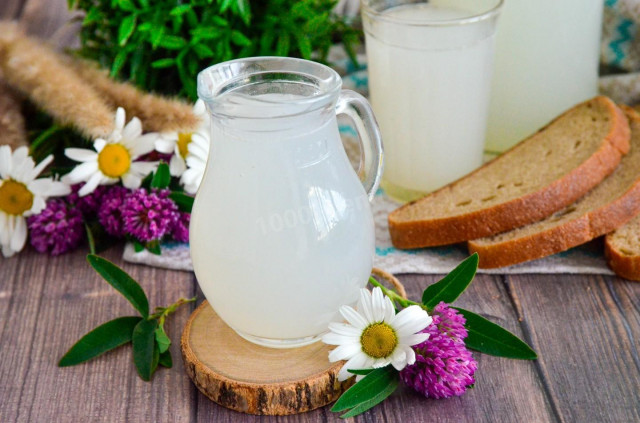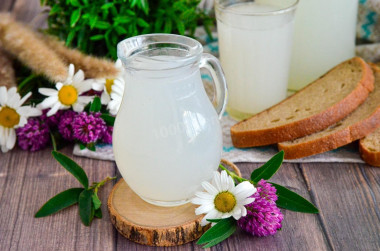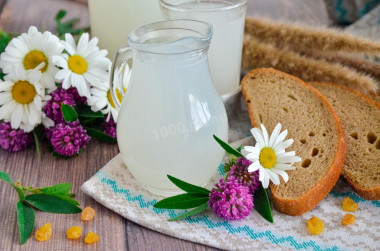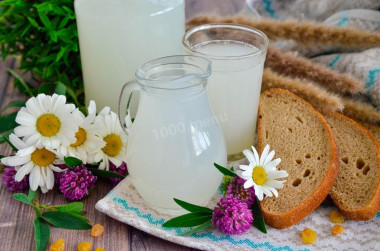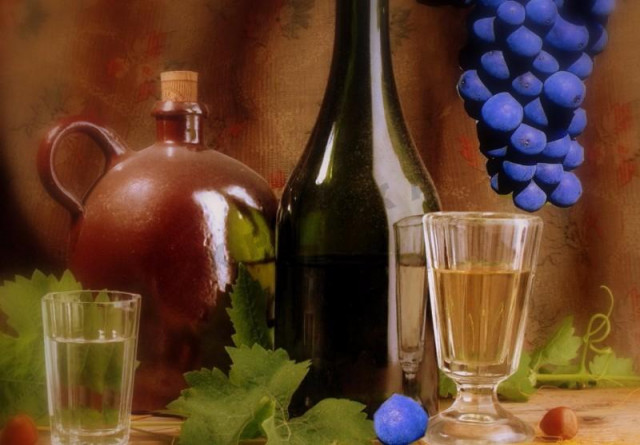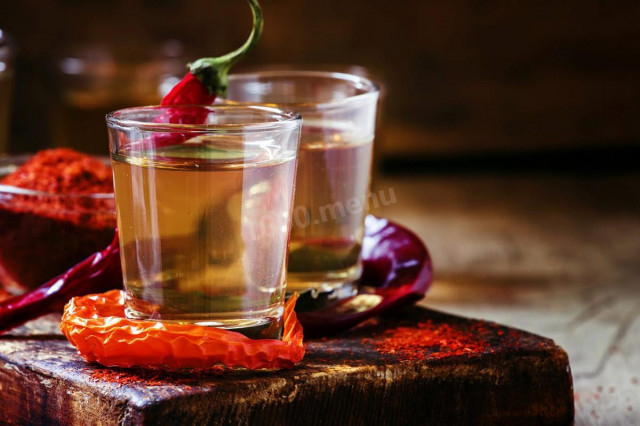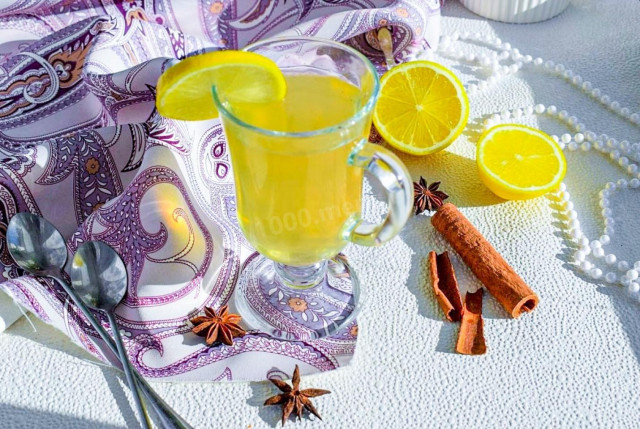Composition / ingredients
Step-by-step cooking
Step 1:

How to make a simple homemade white kvass from rye flour? Prepare the products. In addition to the amount specified in the ingredients, you will need additional flour and sugar, two tablespoons for each fresh batch of kvass. Do not wash the raisins in any case!!!!It is the dirty raisins that will become the catalyst for the start of the fermentation process. In some recipes, bread crusts are also added to kvass, see this at will, I did not.
Step 2:
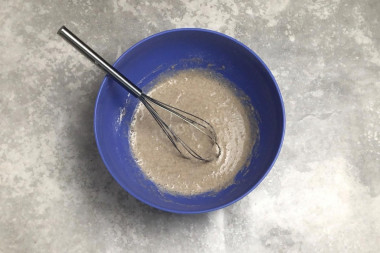
The preparation of kvass begins with sourdough. How to make a starter? Take a bowl, pour rye flour into it. Pour in clean water, stirring the flour with a whisk or spoon. The sourdough should have the consistency of sour cream. Adjust the amount of water yourself according to the state of the mass. I needed less than two glasses.
Step 3:

Pour sugar into the starter, mix well. Add the raisins. I repeat that it is not necessary to wash raisins, add dirty ones. Mix the starter already with the raisins.
Step 4:

Cover the bowl with a towel and put the starter in a warm place for a few days. It will turn sour and start to wander, you will understand this by the characteristic sour smell.
Step 5:
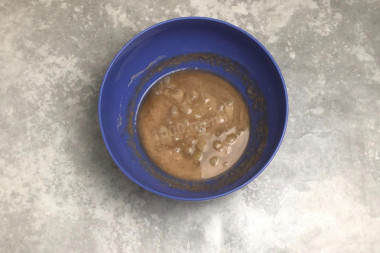
My fermentation process took 4 days. Bubbles even appeared around the raisins. Remove the raisins from the bowl, if you can't catch all of them, it's okay, it's still useful.
Step 6:
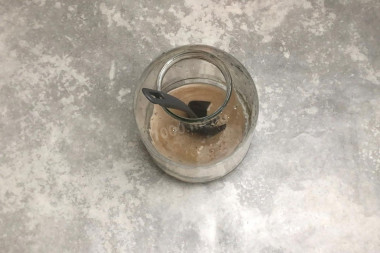
Take a clean, dry jar, preferably a three-liter jar, and transfer the starter culture into it, now it can be called wort.
Step 7:
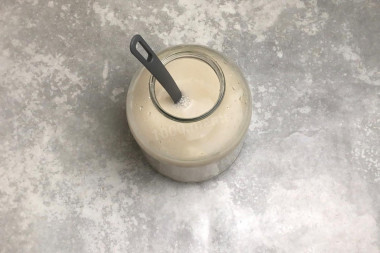
Fill the wort with clean cold water, without adding a little to the neck of the jar.
Step 8:
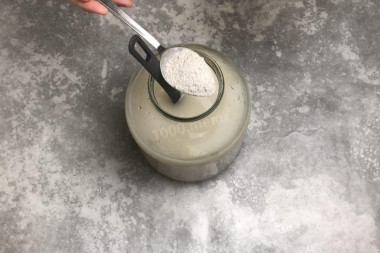
Pour a couple of tablespoons of rye flour into the jar.
Step 9:
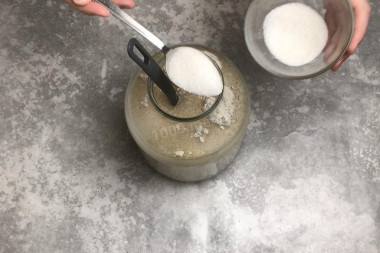
And a couple of spoonfuls of sugar.
Step 10:
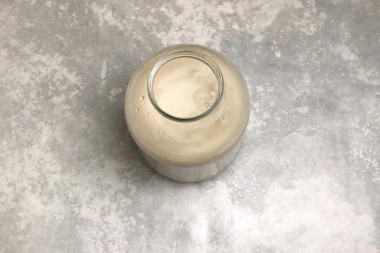
Mix the contents of the jar well. Thus, we fed the wort and reactivated fermentation. You can throw some more raisins and pieces of dry rye bread into the jar.
Step 11:
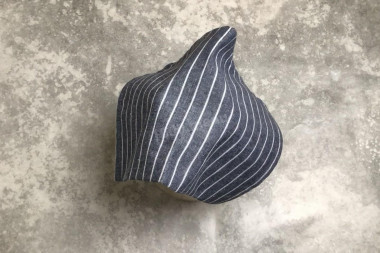
Cover the jar with a napkin and leave at room temperature for 2 days.
Step 12:

After the prescribed time, you will get the first kvass in the bank. It is called "young", not strong and not mature at all.
Step 13:
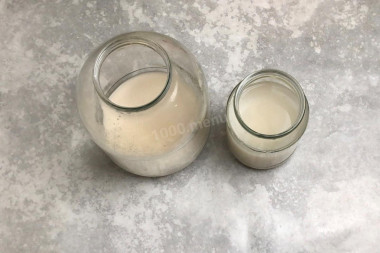
Drain it completely, leaving the grounds in the jar. Young kvass is usually poured without using.
Step 14:

Fill the wort with water again and feed it with two tablespoons of rye flour and sugar. I advise you to take sugar to taste, kvass can be easily sweetened.
Step 15:

Mix the kvass again and let it ferment for two days.
Step 16:

In two days you will receive white kvass, which you can already drink. Pour it into a glass container and put it in the refrigerator. And from the leavened wort in the jar, topping it up and feeding it, every two or three days you will receive a new portion of kvass. Over time, there will be a lot of grounds, and kvass will ripen faster. Then part of the grounds can be removed. Store the drained kvass in a cold place, if it stands a little longer, it will become more carbonated.
I really liked the experiment with white kvass. This, of course, is a bit not an ordinary drink, it is sour, a little "spicy" in taste. I think it will make a great okroshka.
For cooking, it is better to use filtered or bottled water that is neutral to taste. If you use tap water, keep in mind that it can give the dish an unpleasant characteristic taste.
Calorie content of the products possible in the dish
- Granulated sugar - 398 kcal/100g
- Sugar - 398 kcal/100g
- Raisins - 280 kcal/100g
- Kishmish - 279 kcal/100g
- Water - 0 kcal/100g
- Rye flour - 305 kcal/100g

